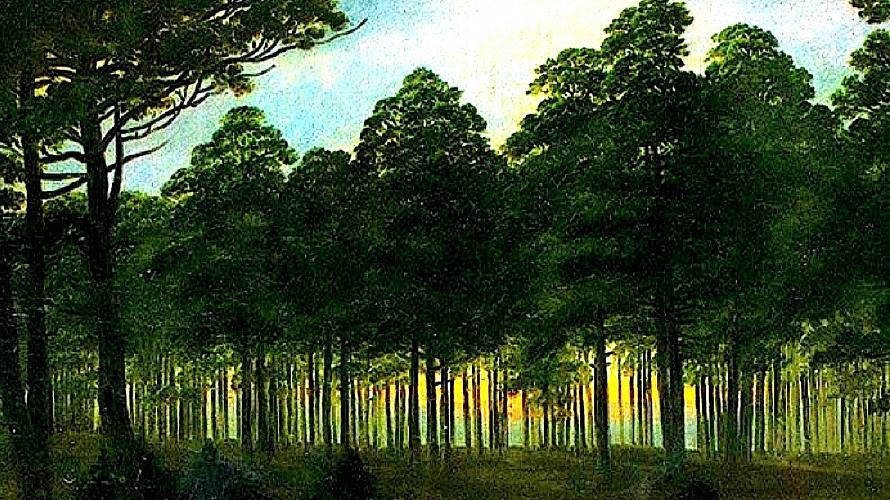
The apple tree in my yard is probably more than 100 years old. When we moved into our home in 1976 she still produced a health crop of fruit. My daughter had a rope swing that hung from a branch that’s now dead and cut away. A year or so ago, a friend encouraged me to stop cutting off the dead branches and so now Grandmother Apple is both living and green and gnarled, old, dead and dying wood.
She’s beautiful, one of the most powerful presences in our yard.
Many of us respond to trees, both as individuals — my apple — and groups, say a grove of aspen. And that’s the basis of photographing trees. Portraiture vs. group shots, and where to best focus in order to evoke the personality of the tree or group of trees you are photographing.
I didn’t know until just a very few years ago about the giant Larch around Seely Lake or the Ross Creek Cedars. I have tried several times now to capture the essence of those spectacular trees. More simple to photograph are the twisted juniper and limber pine around Mammoth Hot Springs shaped by wind and snow and eons into vivid individual personalities.
Bottom line? Trees are a favorite photographic subject for me and I’m generally not satisfied with the results of my efforts. So I asked the staff at F-11 Photographic Supplies for some tips;
- Rain or wet snow brings out rich vibrant colors in the leaves. Shooting after rain or when it’s cloudy gives the absolute best saturation.
- Shoot in the evening or in shade to get warm, pleasing color, or use sun beams coming from behind the leaves to back light them. In bright sun, use a polarizer.
- Shoot close up to capture the rain, dew, patterns or little leaves. Not so much macro as capturing the subject.
- Shooting very close with shallow depth of field allows leaves and branches wrapped in front and behind your chosen tree-part to create a soft, blurry background, Try to single out just a few leaves or blossoms that create an interesting composition and grab the eye; frame tight so the image isn't too busy.
- Single out a cluster of blossoms or leaves against blue sky backdrop. Choose a cluster that is shaded or in soft light.
- Capture the detail of gnarled tree trunks or dead stumps and branches. They can be vivid subjects for black and white photographs.
- Focus on compelling detail. Old trees often host colorful communities of moss or lichen that can create dynamic abstract shots.
My favorite tree shots are probably those where snow has outlined a trunk, or where two trees are wrapped in an embrace. I am fascinated by trees that grow in unlikely places, like pines that have rooted in cliff faces or boulders. Or those that have been profoundly shaped by extreme weather: I found one once that actually had bent completely back to the ground, forming a perfect arch.
Experiment. Play. Take your favorite shots, duplicate them, and try various approaches to editing. Those will help teach you what you want to do the next time you and your camera take a stroll. If you stroll with a smartphone, explore apps like “Northwest & Rocky Mountain Trees and Shrubs” and get to know more about your tree neighbors.
For the ultimate in tree photography, take your favorite tree shots and . . . print to wood. Wood’s grain/inherent texture might bring just the perfect character to your tree photos.
 Jenna Caplette migrated from California to Montana in the early 1970s, first living on the Crow Indian reservation, then moving to Bozeman where she owned a downtown retail anchor for eighteen years. These days she owns Bozeman BodyTalk & Energetic Healthcare, hosts a monthly movie night, teaches and writes about many topics.
Jenna Caplette migrated from California to Montana in the early 1970s, first living on the Crow Indian reservation, then moving to Bozeman where she owned a downtown retail anchor for eighteen years. These days she owns Bozeman BodyTalk & Energetic Healthcare, hosts a monthly movie night, teaches and writes about many topics.
